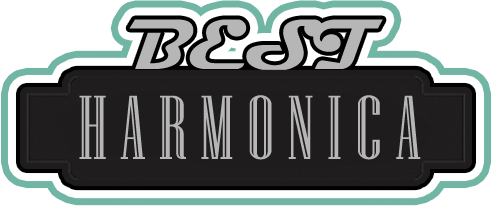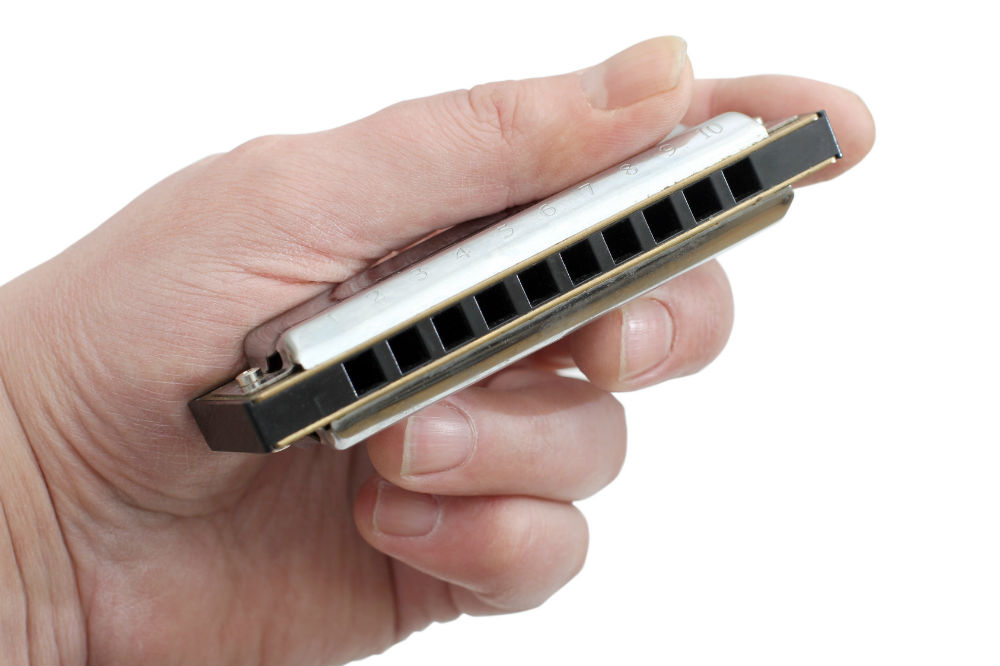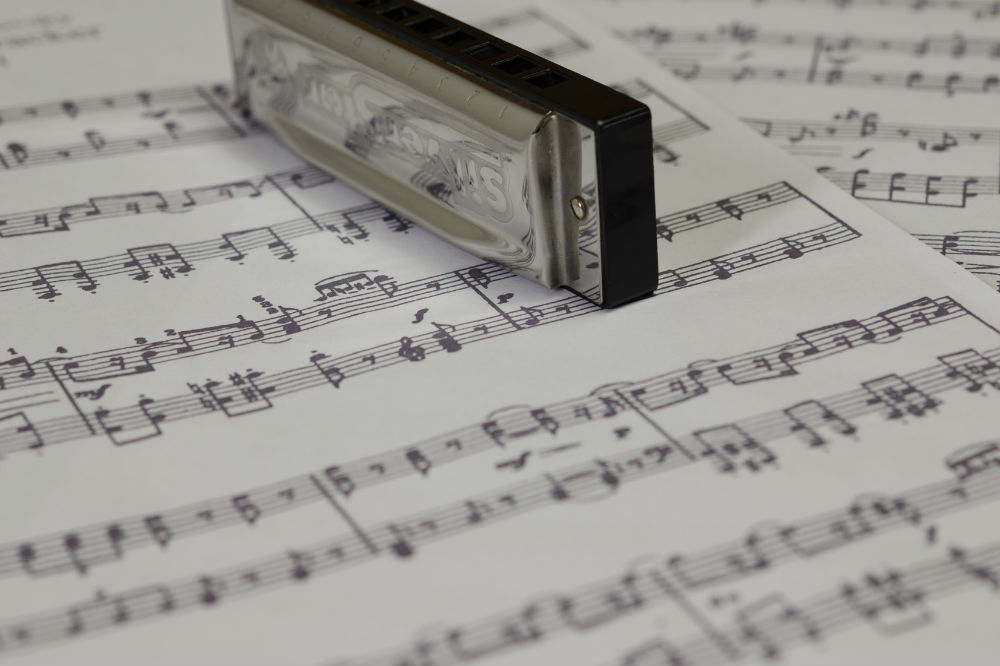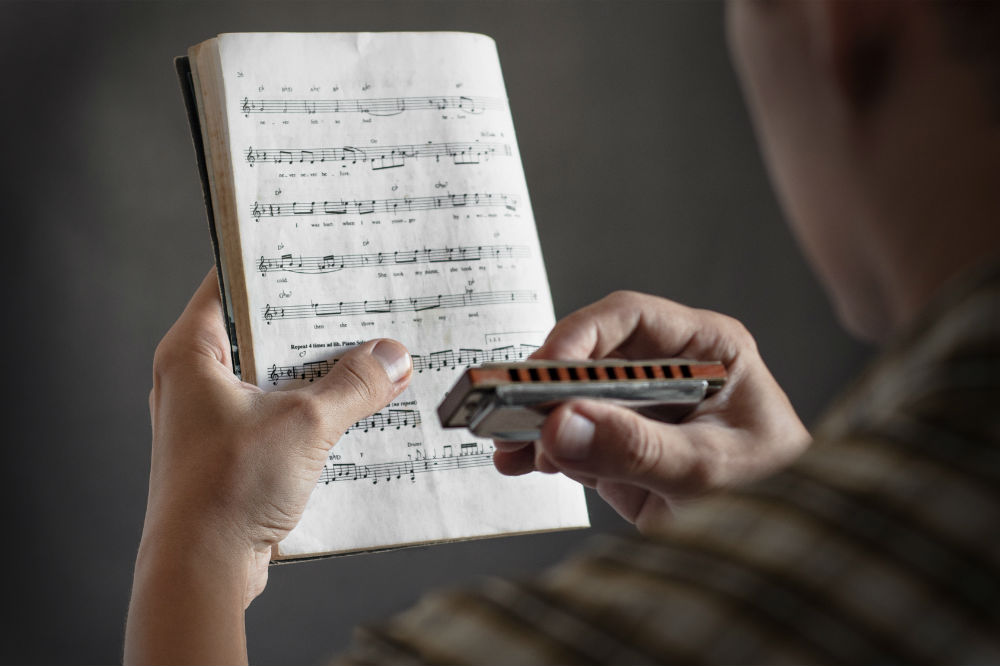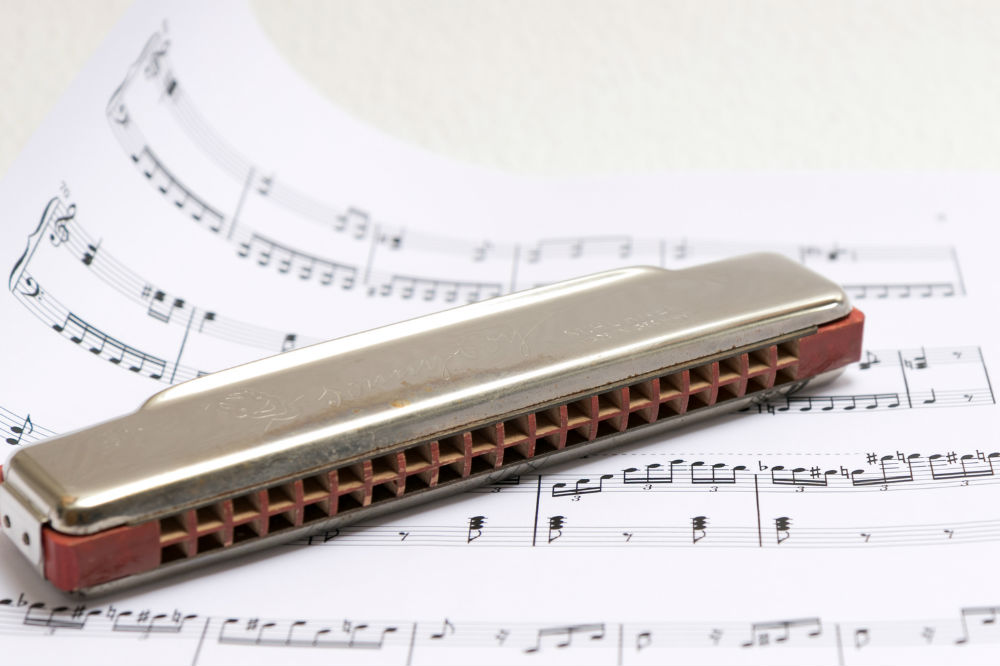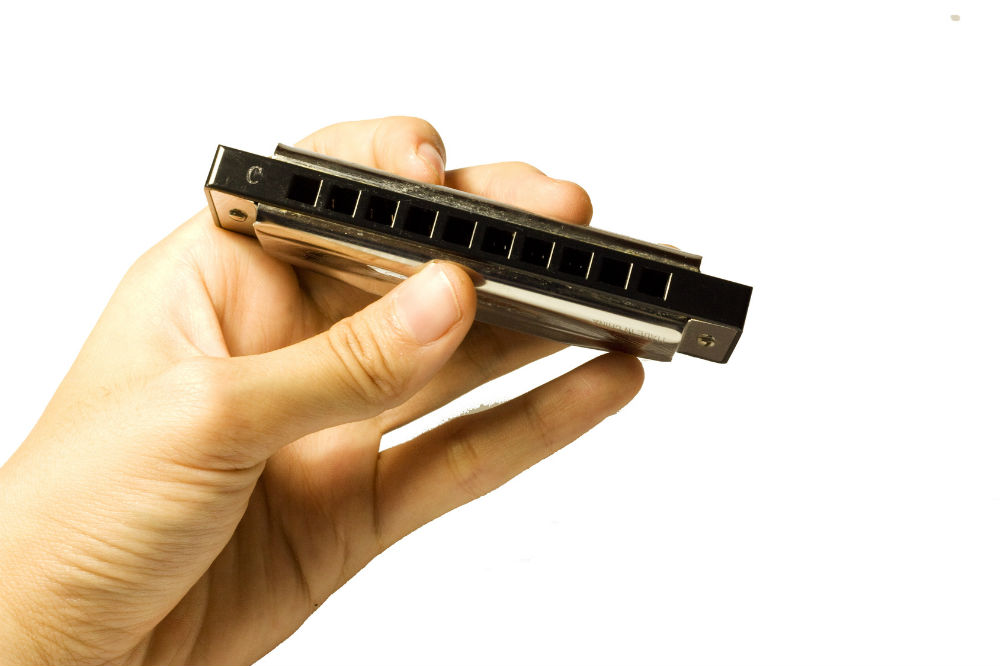Harmonicas are a favorite for many people who wish to play music anywhere but want to save funds and space. However, if you are just starting to play the harmonica or are buying one for a beginner, selecting a harmonica can be very difficult because there are a lot of considerations to consider.
Here are some of the things you need to consider when choosing a harmonica for a beginner. What harmonica should you pick?
What is the First Harmonica to Buy?
It is often recommended that beginners start off with a standard blues harp or a diatonic harmonica. Many consider it to be the easiest harmonica to play since it plays only one key and there’s no need to memorize a lot of tricks to get it to change pitches. Pretty much every brand of harmonica will offer a low-end, beginner’s harmonica.
However, if you are considering playing other music styles, you can check out chromatic harmonicas, 10-hole diatonic harmonicas and even specialized harmonicas.

Things to Consider When Purchasing Your First Harmonica
1) How Much Does a Harmonica Cost?
Or how much should a Harmonica Cost? What should you lay out your budget to be?
If you get a diatonic harmonica, there are several cheap harmonicas which are high quality such as the Hohner Silver Star. However, if you go a little higher, there are high-quality harmonicas that will last longer, have fewer occurrences of air leaks and are easier play.
A top-notch 10-hole diatonic harmonica can range from $30 to $60 while a quality chromatic harmonica can be around $120 to $200. If you can allot more, it is a good investment, but you may want to start with a lower budget first.
2) Should I Get a Harmonica in The Key of C?
If you buy harmonica tutorial guides or watch tutorials online, they will tell you that the key of C is the best key to start off with when learning the harmonica (1).
This key is actually quite easy to understand since it does not have any sharps or flats that would ask harmonica players to bend tunes in a specific way. Blues lovers will also recognize this key aside from the key of G. Once you learn the tips and tricks around the key of C, you can turn into other keys such as the keys of G, D and A.
3) Can the Harmonica Be Fine-Tuned Easily?
Harmonicas are a favorite for musicians because of their capacity to bend pitches to any level. Some harmonicas are already tuned based on their keys and level. Depending on the harmonica’s brand, there will be differences in terms of how you can tune the reeds to your needs.
4) Should I Get a Wood, Metal, or Plastic Harmonica Comb?
Harmonicas tend to vary in how easy they are to play and how long they will last. Harmonicas with plastic combs are very easy to play and their sound is nice, but not professional by any means. Since they are plastic, they are not easily worn out and thus can play longer. As much as I love the idea of lightweight, durable plastic, harmonica plastic is not the kind that I am after. Harmonicas made out of other materials, such as wood or metal are often much better than plastic harmonicas (2).
Metal combs are also available in harmonicas and they tend to last forever. They are also lighter than either plastic or wood combs, allowing the harmonica to be lighter to carry. However, no matter which harmonica comb you pick, its durability depends on the user’s technical capability.
5) Should I Buy Harmonica Aids?
As a beginner in harmonica playing, there is a variety of harmonica aids you can purchase to assist you in learning how to play. Try checking your local music shops or even book stores for books on harmonicas.
Online tutorials are also available, as are harmonica guides.
What Should You Do After Choosing Your Harmonica?
When you choose a harmonica, it is important now that you have fun playing. Nothing will crush your spirits more than starting with music that is unrealistic to learn as a beginner. Start with simple songs or even make up your own.
The possibilities are endless with harmonicas. Once you get used to playing, practice learning the various techniques in harmonica playing so you can improve your style and technique.
Check the tutorials and books you may purchase along with your harmonica to learn more about it.
If you still need help or want more information on buying a new harmonica, click here to learn more on picking your first harmonica.
